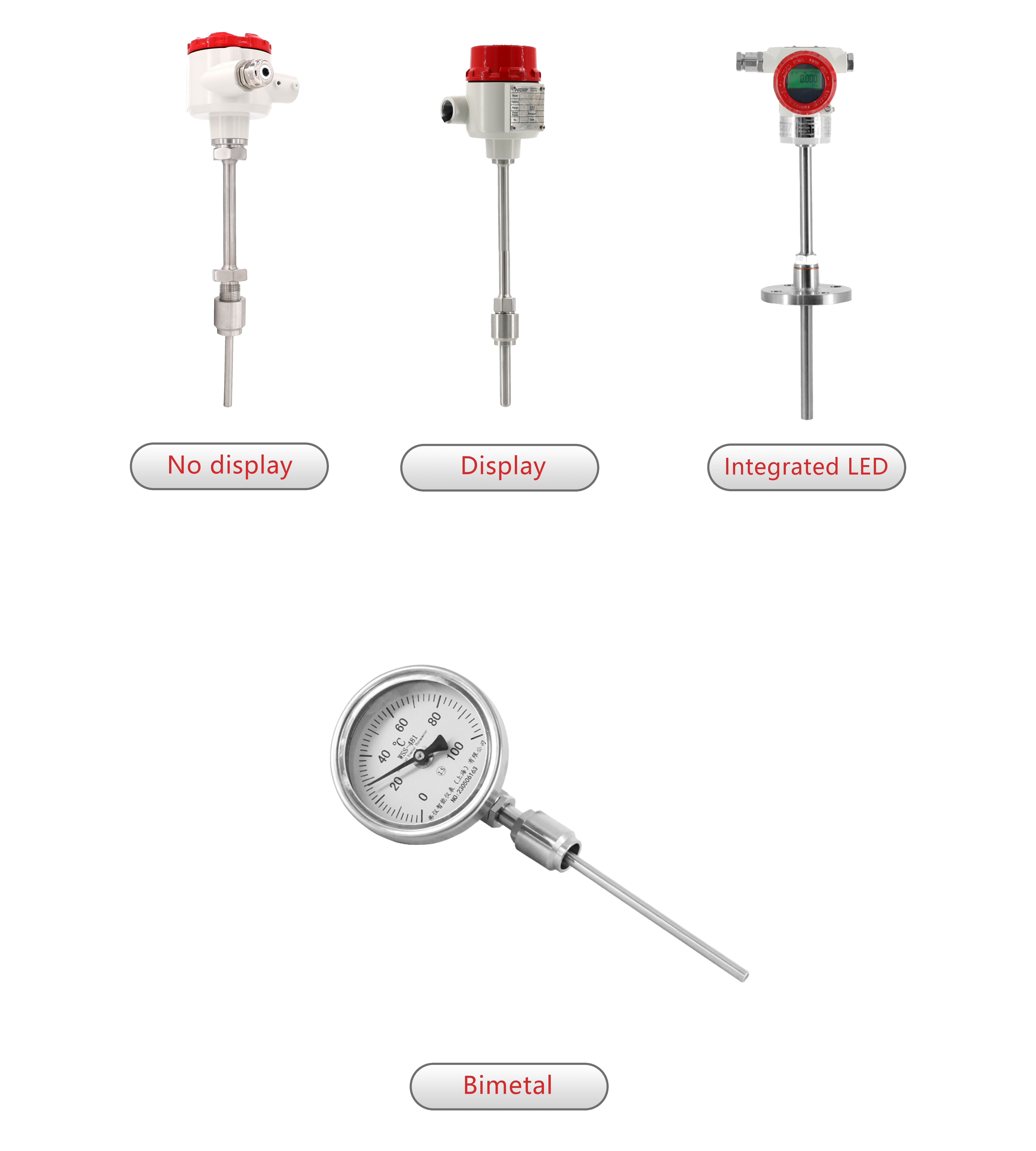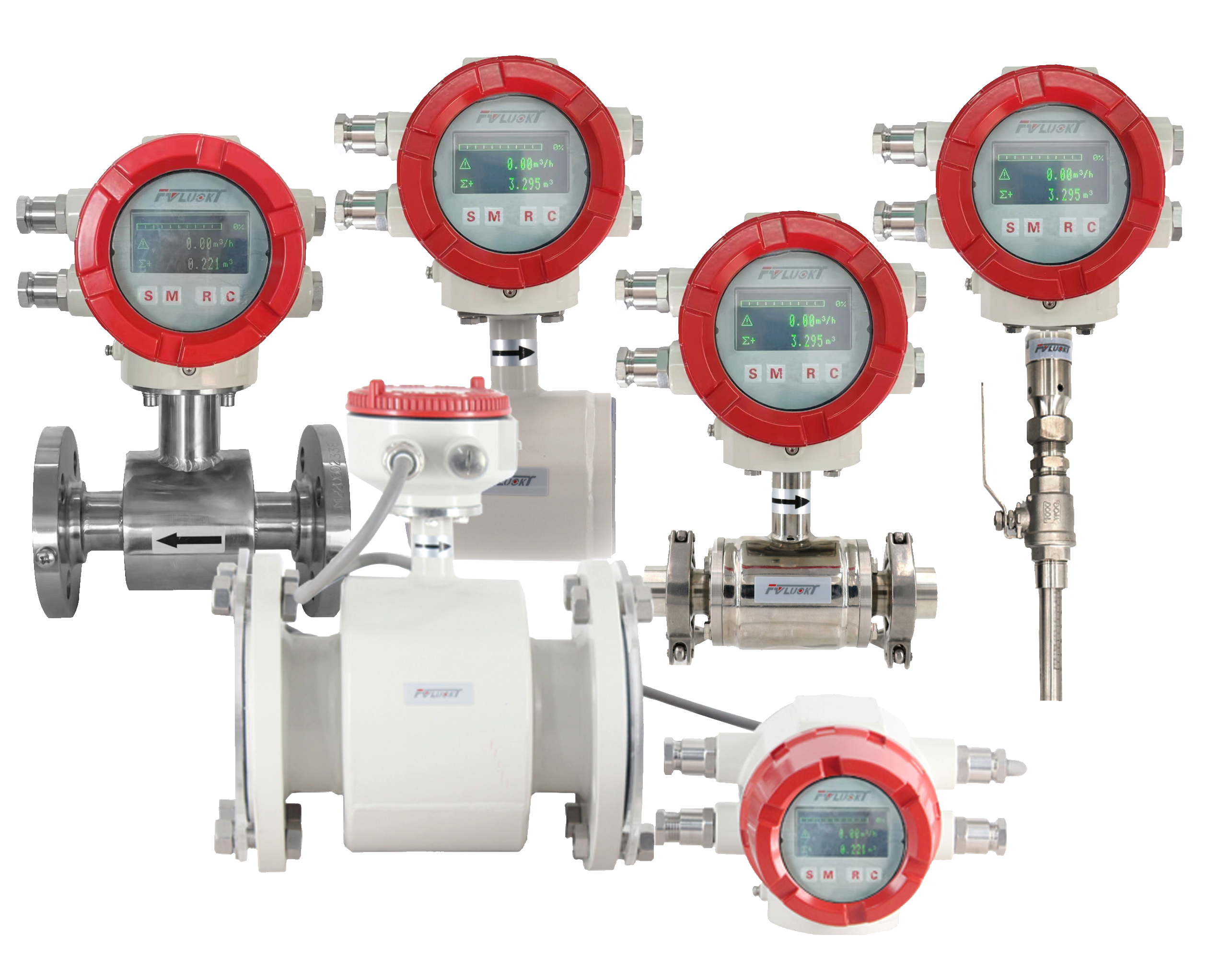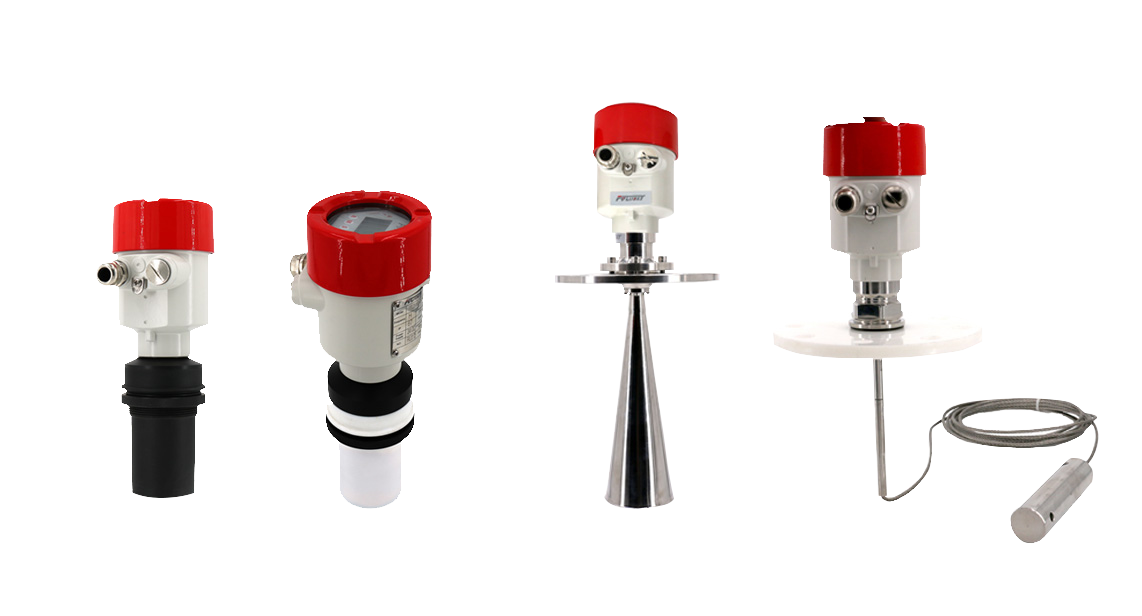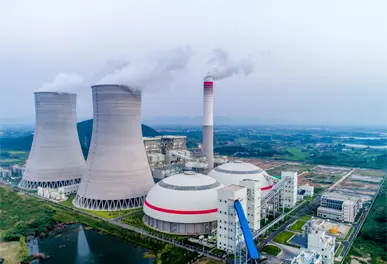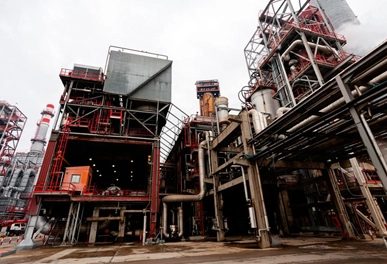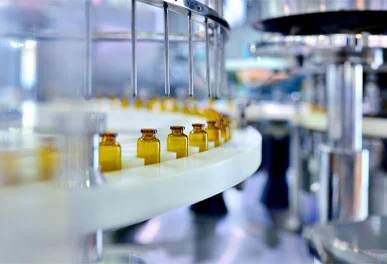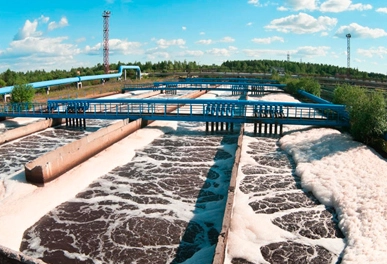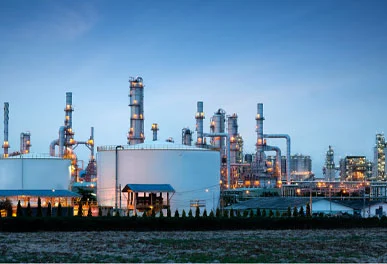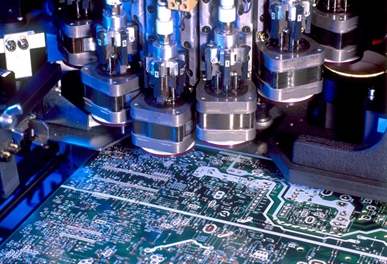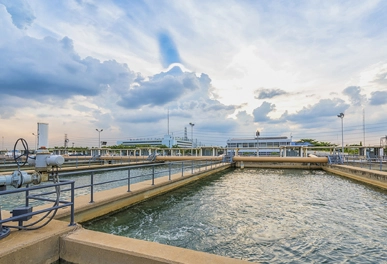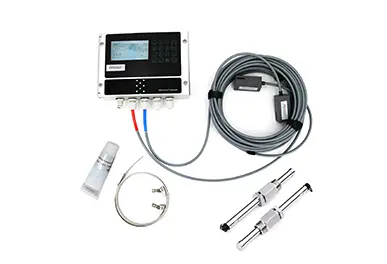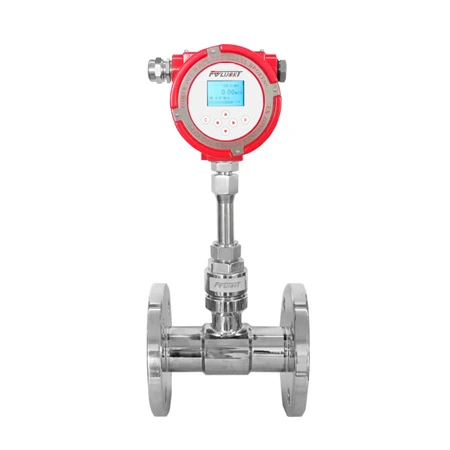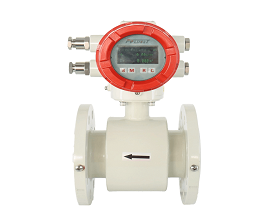Thermal Gas Mass Flow Meter
A thermal gas mass flow meter measures the mass flow rate of gas directly, utilizing the thermal properties of the gas. The thermal gas mass flowmeter utilizes a heated sensor to measure the cooling effect of flowing gas, providing high accuracy and repeatability for a wide range of gases.
How Does A Gas Mass Flow Meter Work?
1. Heating Element and Temperature Sensors:
The core components of a thermal gas mass flow meter include a heating element and at least one temperature sensor, though typically two sensors are used. These components are positioned in the flow path of the gas.
2. Constant Temperature Differential:
In one common design, the meter maintains a constant temperature difference (ΔT) between the two temperature sensors by adjusting the power to the heating element. The amount of power required to maintain this temperature difference is directly proportional to the mass flow rate of the gas.
3. Heat Transfer:
As gas flows over the heating element, the thermal gas mass flowmeter carries heat away from the heater to the downstream temperature sensor. The rate of heat transfer is dependent on the physical properties of the gas and its flow rate.
Higher Flow Rates: More heat is carried away from the heater, requiring more power to maintain the temperature difference.
Lower Flow Rates: Less heat is carried away, requiring less power to maintain the temperature difference.
4. Mass Flow Calculation:
The meter uses the power adjustment (or the temperature difference in some designs) to calculate the mass flow rate of the gas. Since the system is designed to measure heat transfer which is directly related to the mass of the gas flowing past the sensor, the measurement is largely unaffected by changes in pressure and temperature of the gas.
What Is The Difference Between A Flow Meter And A Mass Flow Meter?
The primary difference between a flow meter and a mass flow meter lies in what they measure and how they measure it. While both are used to quantify the movement of fluid through a system, they do so using different parameters and principles. Here’s a breakdown of the key differences:
Flow Meter (Volumetric Flow Meter):
Measurement: Measures the volume of fluid passing through the device per unit of time. Common units include liters per minute (L/min), cubic meters per hour (m³/h), or gallons per minute (GPM).
Principle: Operates by measuring the volume of the fluid directly or by calculating it from the fluid’s velocity as it passes through the meter. Technologies used include turbine, paddlewheel, ultrasonic, and electromagnetic flow meters.
Applications: Suitable for applications where the volume of the fluid is the critical parameter, and variations in fluid density due to temperature or pressure changes are minimal or can be compensated for.
Limitations: Since it measures volume, any changes in the fluid’s density due to temperature or pressure changes can affect the accuracy of the measurement if not accounted for.
Mass Flow Meter:
Measurement: Measures the mass of fluid passing through the device per unit of time. Common units include kilograms per second (kg/s), grams per minute (g/min), or pounds per minute (lb/min).
Principle: Operates by directly measuring the mass flow rate of the fluid, regardless of changes in temperature or pressure. Technologies used include Coriolis and thermal mass flow meters.
Applications: Essential in applications where the mass flow rate of the fluid is critical, such as chemical reactions in process industries, custody transfer, and fuel consumption measurements.
Advantages: Provides a direct measurement of mass flow without needing to account for changes in fluid density, offering more accurate and consistent control in processes where the chemical composition or reaction rates depend on the mass of the fluids involved.
Summary:
Volumetric Flow Meters are concerned with the volume of fluid passing through a system and are ideal for applications where volume is the key parameter.
Mass Flow Meters focus on the mass of fluid moving through the system and are crucial for processes that depend on precise measurements of mass for operational efficiency, safety, and product quality.
Choosing between a flow meter and a mass flow meter depends on the specific requirements of the application, including whether volume or mass is the critical parameter, the nature of the fluid being measured, and the environmental conditions that might affect the fluid’s properties.

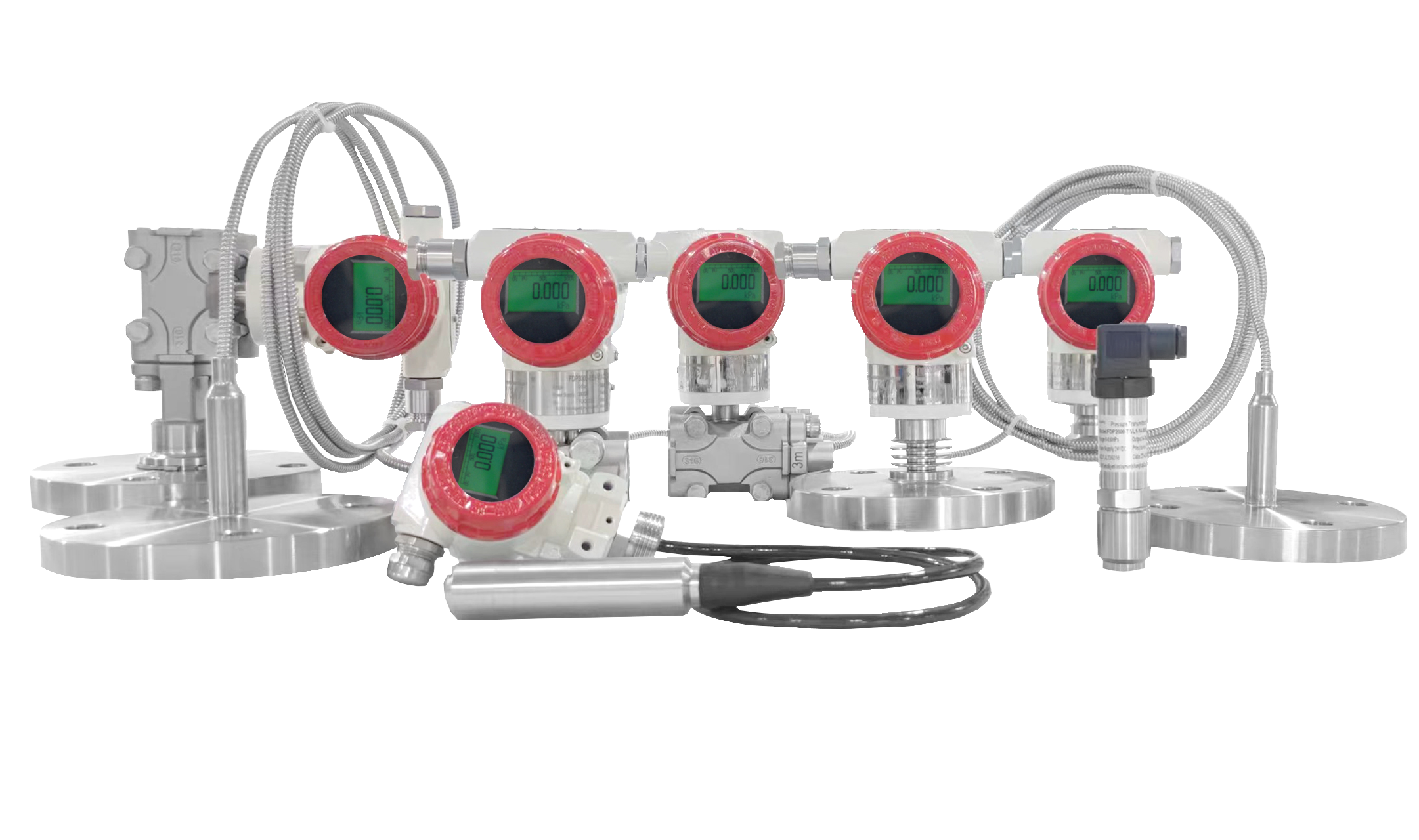 Smart Pressure Transmitters
Smart Pressure Transmitters